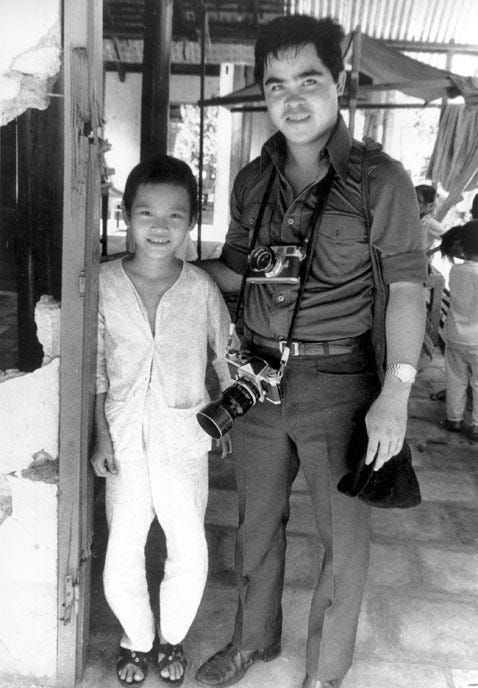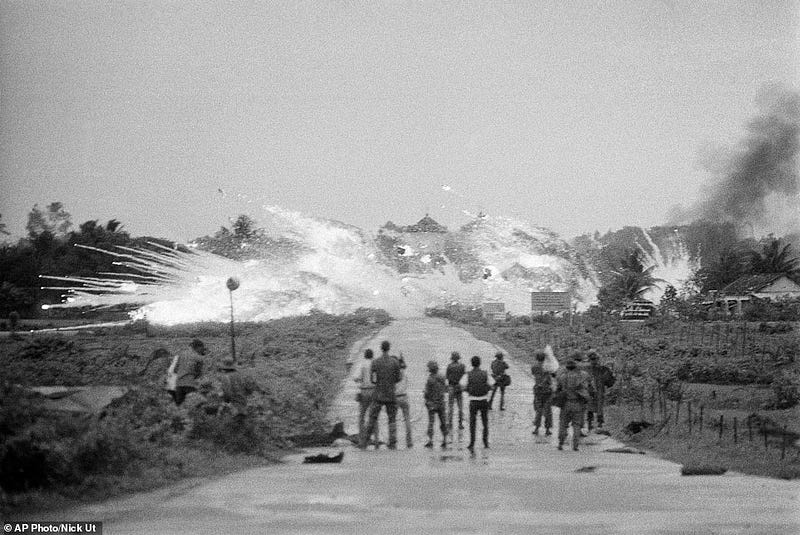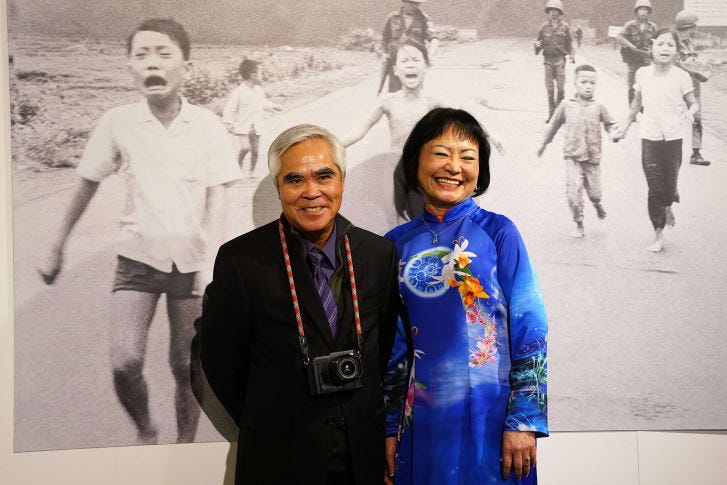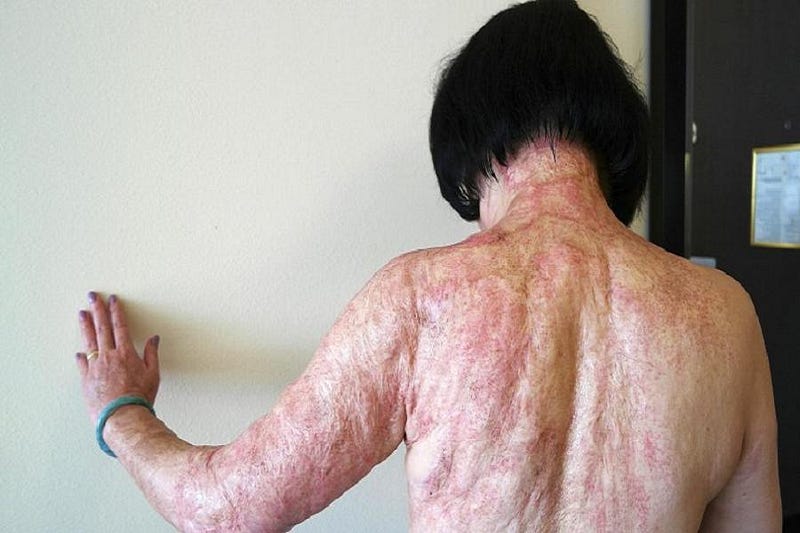The Transformative Impact of the 'Napalm Girl' Photograph
Written on
Chapter 1: The Moment Captured
In 1972, a pivotal moment in history was documented by photographer Nick Ut in Trang Bang, South Vietnam. He captured a haunting image of a nine-year-old girl fleeing from an explosion, later known as “Napalm Girl.” The photograph depicts Phan Thi Kim Phuc, who was desperately running away from a burning village, her skin severely burned from the blast of a napalm bomb that had ignited her clothing. As she ran, she was naked and barely able to survive, epitomizing the horrors of war.

Chapter 2: A Hero's Intervention
Nick Ut, an Associated Press photographer, was on assignment to document the Vietnam War when he witnessed Kim running toward him. After seeing the extent of her injuries—burns covering nearly half her body—he quickly took action. He fetched water to cool her burns and wrapped her in cloth before transporting her to the hospital. Initially, the hospital staff hesitated to treat her due to the severity of her injuries.
Nick, determined to save her, brandished his press pass and threatened to expose the hospital's reluctance to help. His intervention ultimately led to Kim receiving the necessary medical attention, including 17 surgeries over the following months.

Chapter 3: The Symbol of War's Brutality
The photo of the terrified child became an emblem of anti-war sentiment globally. It was dubbed “Terror of War” and became synonymous with the devastating impacts of the Vietnam War. Ut expressed his emotional turmoil when he first saw Kim running toward him, fearing that inaction would lead to her death. Kim later recounted the chaos of that day, saying, “I turned my head and saw the airplanes... then suddenly, there was fire everywhere.”

Chapter 4: Life Beyond the Lens
Years later, Kim reflected on her traumatic experience and the lasting effects of the photograph. Although grateful for Ut’s intervention, she often felt exposed and ashamed by the image that captured her at her most vulnerable. She has shared that seeing the photo brought back painful memories, and after undergoing numerous treatments for her scars, she sought a renewed sense of self.
Over time, she learned to embrace her past and the lessons it taught her about survival and forgiveness. After relocating to Canada, Kim founded the Kim Foundation International, which provides psychological support and medical care to children affected by war.

Chapter 5: Recognition and Legacy
The 'Napalm Girl' photograph made its way to the New York Times and earned Nick Ut the Pulitzer Prize in 1973. It was also awarded the World Press Photo of the Year for its raw depiction of war's brutality. Kim has consistently expressed her gratitude to Ut, acknowledging him not only as the photographer who documented her suffering but as the man who saved her life. She stated, “He is my hero. I owe him for not just capturing my image, but for rescuing me.”

This video explores the story behind the iconic 'Napalm Girl' image and its profound impact on the Vietnam War narrative.
In this video, Phan Thị Kim Phúc reflects on her life after becoming the face of the Vietnam War, discussing her journey of healing and resilience.
References
- 50 years later, 'Napalm Girl' speaks out about Vietnam War image that shocked the world and the…
- 'Napalm girl' Phan Thi Kim Phuc receives final burn treatment after 50 years
- 'Napalm Girl' at 50: The story of the Vietnam War's defining photo